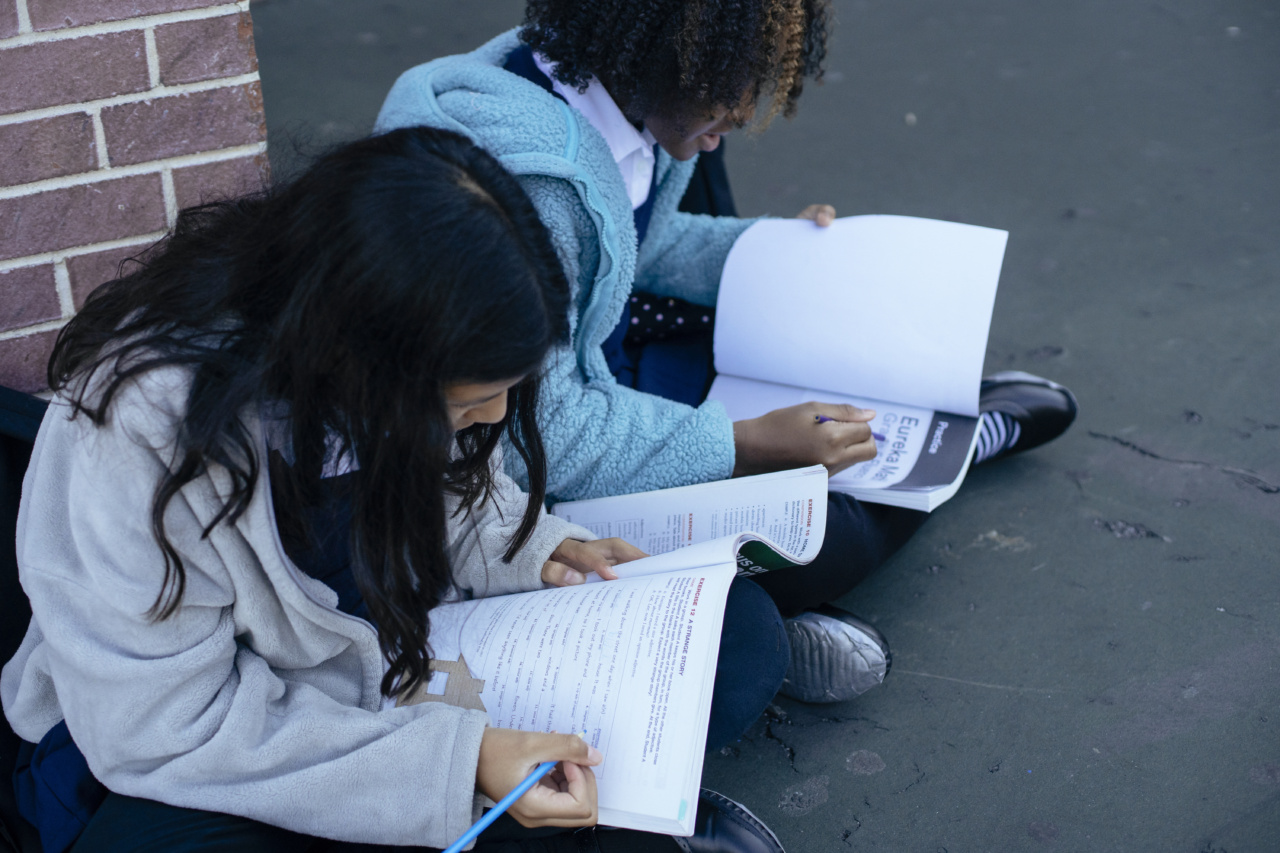Sinusitis, also known as a sinus infection, is a common condition that affects children of all ages. It occurs when the sinuses, which are air-filled cavities located behind the forehead, cheeks, nose, and eyes, become inflamed and infected.
This can lead to symptoms such as nasal congestion, facial pain, headache, cough, and postnasal drip.
Causes of Sinusitis in Children
Sinusitis in children is commonly caused by viral or bacterial infections. Viral infections, such as the common cold, can cause inflammation and blockage of the sinuses.
Bacterial infections can occur as a secondary infection following a viral infection, or due to other factors such as allergies or structural abnormalities in the sinuses.
Recognizing the Symptoms
It is important for parents to recognize the symptoms of sinusitis in children. Common symptoms include:.
- Nasal congestion
- Thick yellow or green nasal discharge
- Cough
- Facial pain or pressure
- Headache
- Fever
- Fatigue
- Bad breath
Diagnosing Sinusitis in Children
If you suspect your child has sinusitis, it is important to consult a healthcare professional for an accurate diagnosis. The doctor will review your child’s medical history and symptoms, and may perform a physical examination.
In some cases, additional tests such as a nasal endoscopy or imaging studies may be recommended to confirm the diagnosis.
Treatment Options
The treatment of sinusitis in children depends on the underlying cause and severity of the condition. Common treatment options include:.
1. Symptom Relief
To alleviate symptoms, over-the-counter pain relievers, saline nasal sprays, and nasal irrigation can be used. These methods help reduce inflammation and clear out mucus from the sinuses.
2. Antibiotics
If the sinusitis is caused by a bacterial infection, the doctor may prescribe antibiotics to clear the infection. It is important to follow the prescribed dosage and complete the full course of antibiotics.
3. Allergy Management
If allergies are triggering the sinusitis, the doctor may recommend allergy medications or immunotherapy to manage the underlying allergy symptoms and reduce the frequency of sinus infections.
4. Surgical Intervention
In some cases, when other treatment options have failed, surgery may be considered. Surgery can help correct structural abnormalities, such as deviated septum or polyps, that are causing recurrent sinusitis.
Preventing Sinusitis in Children
While it is not always possible to prevent sinusitis, there are steps parents can take to reduce the risk:.
- Encourage regular handwashing to prevent the spread of viruses and bacteria.
- Promote good respiratory hygiene, such as covering the mouth and nose when coughing or sneezing.
- Ensure your child receives recommended vaccinations, including the influenza vaccine.
- Keep your child’s allergies under control through allergy management strategies.
- Maintain a clean and healthy environment by regularly cleaning surfaces, bedding, and toys.
When to Seek Medical Attention
While most cases of sinusitis in children resolve on their own or with appropriate treatment, there are situations where medical attention is necessary:.





























